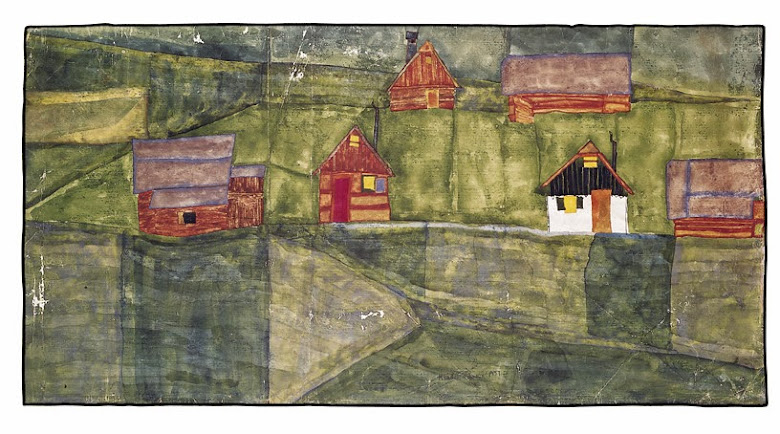And today, I took out my cutting mat and blade and made a model of an idea I have for a coffee table.
The idea started like this
- I like to have "coffee table books" on a coffee table and to have them visible, but not in the way of day-to-day use [glass top with shelf below]
- Coffee tables are for eating dinner in front of tv and cups of tea and putting the remote control and tv guide (we're old school, we still use printed tv guides)
- side tables for drinks and nibbles
- Often, at a large gathering the coffee table is in the way and must be moved to a bedroom to make enough space in the sitting room
 Two side tables. When not in use, they lie on their sides on the ground and a sheet of glass is placed on top and another slightly smaller-sized sheet material rests on them. I haven't decided on materials - possibly perspex (or glass) for the top with the side-tables/ "legs" and sheet material in metal or wood.
Two side tables. When not in use, they lie on their sides on the ground and a sheet of glass is placed on top and another slightly smaller-sized sheet material rests on them. I haven't decided on materials - possibly perspex (or glass) for the top with the side-tables/ "legs" and sheet material in metal or wood. It's lovely to be designing again! Made possible when all the bits and things I need are to hand.
It's lovely to be designing again! Made possible when all the bits and things I need are to hand.The measurements are approx L800 x W800 x H400.


